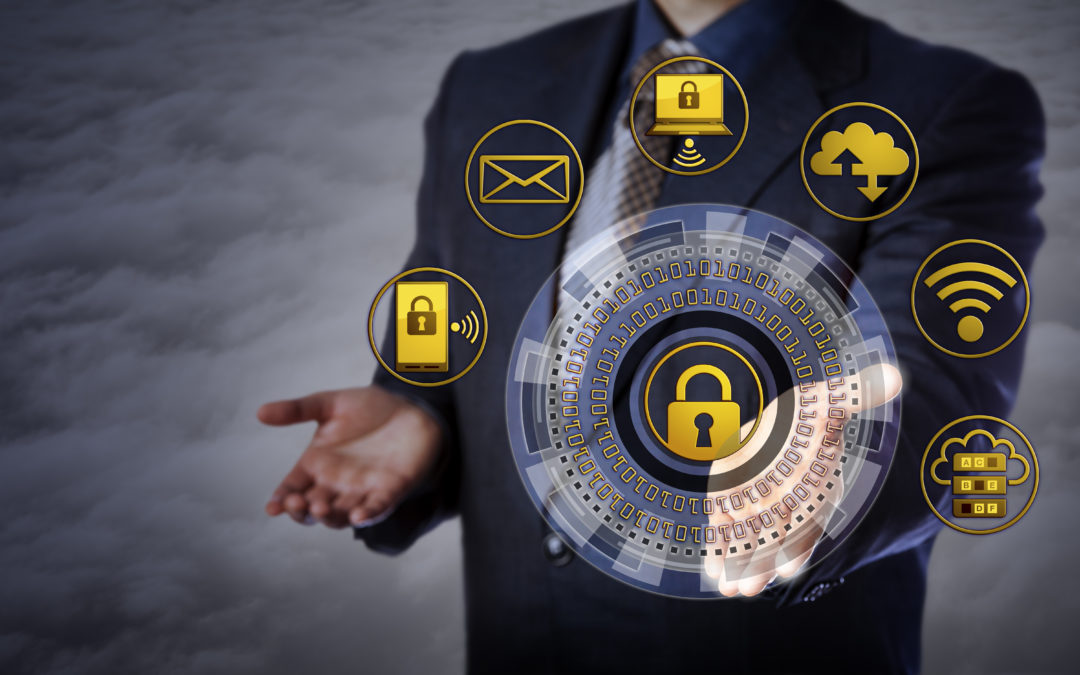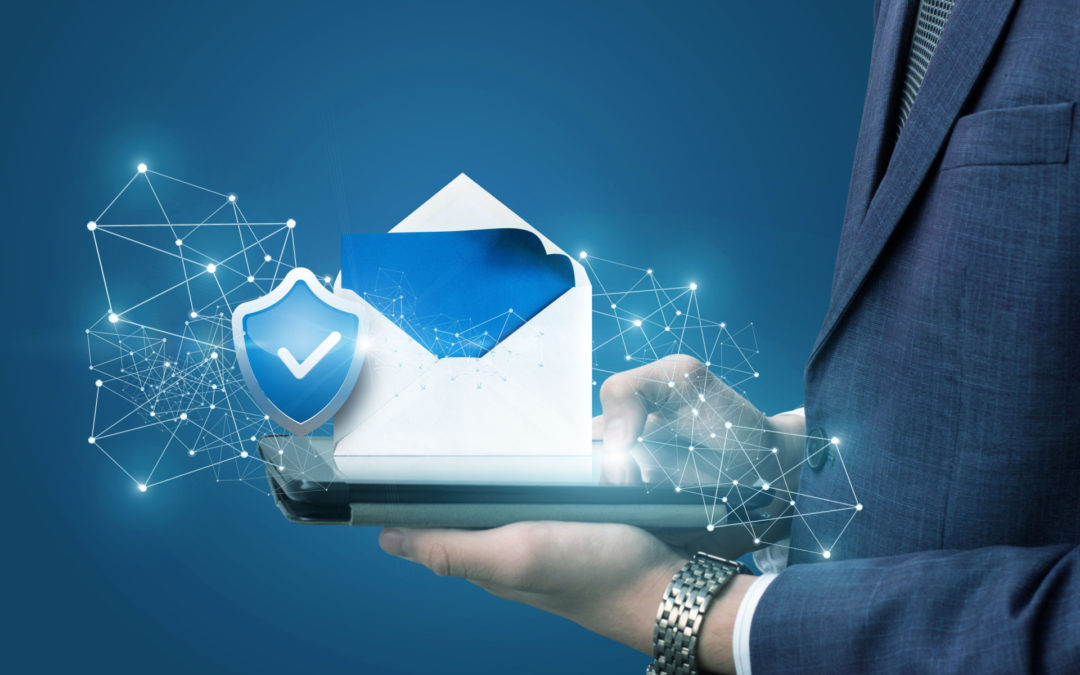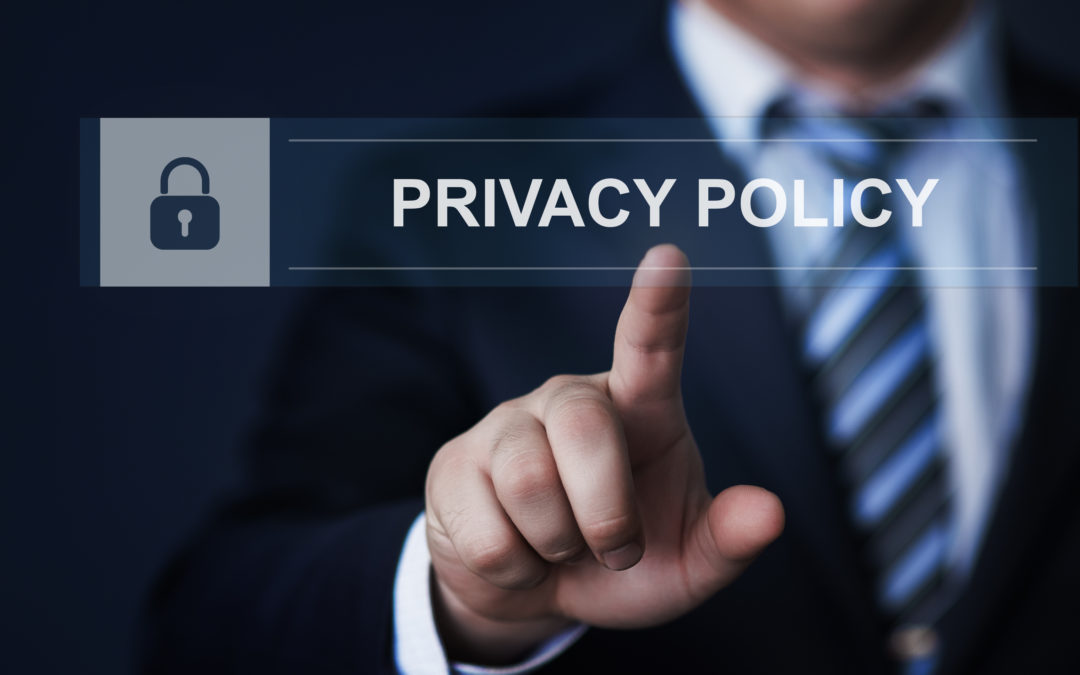Is it Time to Retire the CIA Triad?
In the world of information security, the CIA Triad (Confidentiality, Integrity, and Availability) has been the cornerstone principle, guiding organisations in their pursuit to safeguard their data. However, as the digital landscape has evolved, with its myriad complexities and nuances, there is a growing sentiment that this triad might need to be improved. Enter the Parkerian Hexad.
Devised by Donn B. Parker in the 1990s, the Parkerian Hexad augments the traditional three principles with an additional trio: Possession or Control, Authenticity, and Utility. This expansion aims to provide a more holistic framework for understanding and addressing the multifaceted security challenges of the 21st century. Let’s delve into the advantages of the Parkerian Hexad over its predecessor:
Comprehensive Coverage
The Hexad covers areas that the CIA Triad potentially overlooked. Adding Possession, Authenticity, and Utility broadens the scope of security considerations, ensuring that every potential vulnerability or threat vector is acknowledged and addressed. Where the CIA’s focus is on the concept of what information needs, the Hexad recognises how that information is vulnerable and needs protection. For instance, the Parkerian Hexad recognises that even if data is confidential and integral, it may become useless if it’s not available when needed (or if someone else has possession of it).

Compliance and Regulatory Requirements
The Parkerian Hexad also aligns better with current compliance and regulatory requirements. As organisations strive to meet stringent data protection standards, such as in GDPR or ISO, the Hexad’s comprehensive coverage ensures that all aspects of security are adequately addressed. The CIA Triad, on the other hand, may not provide sufficient guidance for organisations to meet these evolving regulatory demands.
Real-Life Application
While the CIA Triad may be an effective theoretical concept, its implementation can be challenging in real-world scenarios. The Parkerian Hexad offers more practical guidance for implementing security controls and measures as it considers the broader context of information systems and their usage. With a better understanding of how data is used and accessed, organisations can tailor their security strategies to best fit their specific needs.
The Human Element
One crucial aspect of the Parkerian Hexad is its recognition of the human element in information security. Unlike the CIA Triad, which focuses primarily on technical solutions, the Hexad acknowledges that humans are often the weakest link in a company’s security posture. By including Possession and Authenticity, the Parkerian Hexad recognises the importance of considering human behaviour and motivations in securing information.
As technology continues to advance, and with cyberattacks becoming increasingly sophisticated, organisations must constantly assess their security strategies. While the CIA Triad has been a valuable framework for decades, it may be time for organisations to embrace the more comprehensive Parkerian Hexad as their guiding principle
Emphasis on Control
Possession or Control focuses on the idea of who has access to information. In today’s interconnected world where data can be accessed from multiple devices and locations, determining control over sensitive information can be challenging. By considering control as a core element of security, the Parkerian Hexad helps organisations better manage and monitor access to data, reducing the risk of unauthorised access or theft.
Emphasis on Data
Sitting between Confidentiality and Integrity, the principle of ‘Possession or Control’ shines a light on the significance of owning and effectively controlling data. In an era of cloud computing and distributed systems, mere possession isn’t enough; having decisive control over where data resides and who can access it becomes paramount. Without this, data is at risk of being compromised or manipulated. By including this principle in the Hexad, organisations can ensure that their data remains secure and protected against unauthorised access.
Ensuring Data Authenticity
Linking Integrity and Availability, ‘Authenticity’, accentuates the importance of verifying the genuineness of data. As cyber-attacks become sophisticated, it’s no longer just about protecting data but ensuring it hasn’t been tampered with. This principle underlines the necessity for robust authentication mechanisms and validation processes.
Acknowledging Data Relevance
Finally, connecting Availability and Confidentiality, the principle of ‘Utility’ recognises that data must be useful and relevant to its intended purpose. It’s not enough for data to be available; it must be in a usable format, free from encryption or other barriers that may render it useless.
Adaptable to Modern Challenges
The Parkerian Hexad provides a versatile framework that is adaptable to the unique challenges presented by contemporary technologies. Be it IoT, blockchain, or AI, Hexad’s comprehensive nature ensures that evolving security concerns are always within its view. With the increasing amount of data being generated and shared globally, having a robust security framework that can accommodate these challenges is vital.
The Parkerian Hexad offers a more comprehensive and adaptable approach to information security, making it a valuable tool for organisations in today’s rapidly evolving digital landscape. By acknowledging the complexities and nuances of modern technology and incorporating principles such as Possession or Control, Authenticity, and Utility, the Hexad provides a strong foundation for organisations to build their security strategies upon. As we continue to rely more and more on technology in our daily lives, the Parkerian Hexad will play a crucial role in ensuring the protection and integrity of our data. So, it’s safe to say that the Hexad is not just an improvement over the CIA Triad, but a necessary evolution in our approach to information security. So, rather than relying solely on the traditional CIA Triad for protection, organisations must now adopt the Hexad as their guiding principle for securing their data and systems. And with its emphasis on control, data relevance, and authenticity, the Parkerian Hexad will continue to be relevant in the ever-changing landscape of information security. After all, in today’s digital world, it’s not a question of if a cyberattack will happen, but when. And with the Parkerian Hexad as our foundation, we can be better prepared to defend against these inevitable threats.
Promotion of Proactive Thinking
By expanding upon the original triad, the Hexad encourages security professionals to think proactively to anticipate threats before they manifest. This forward-thinking approach is indispensable in today’s fast-paced digital environment, where threats evolve at a breakneck pace. Incorporating principles such as Possession or Control and Authenticity into security strategies can help organisations stay ahead of the game by taking a more proactive stance towards securing their data.
Conclusion
While it isn’t yet time to put it to rest, the CIA Triad laid a solid foundation for information security principles and remains the core today. However, the Parkerian Hexad elevates this framework to new heights, ensuring that modern enterprises are better equipped to face the ever-evolving cyber challenges of our times. In today’s interconnected world, where data is the lifeblood of organisations, understanding and implementing the Hexad’s principles is essential for maintaining a strong security posture. So, while the CIA Triad was undoubtedly a great start, it’s time for organisations to embrace the Parkerian Hexad as their guiding principle for securing their valuable information assets. Only then can we truly achieve a robust and comprehensive approach to information security. As technology continues to advance at an exponential rate, it is imperative that we adapt our security strategies accordingly, and the Parkerian Hexad provides us with the perfect framework to do just that.








